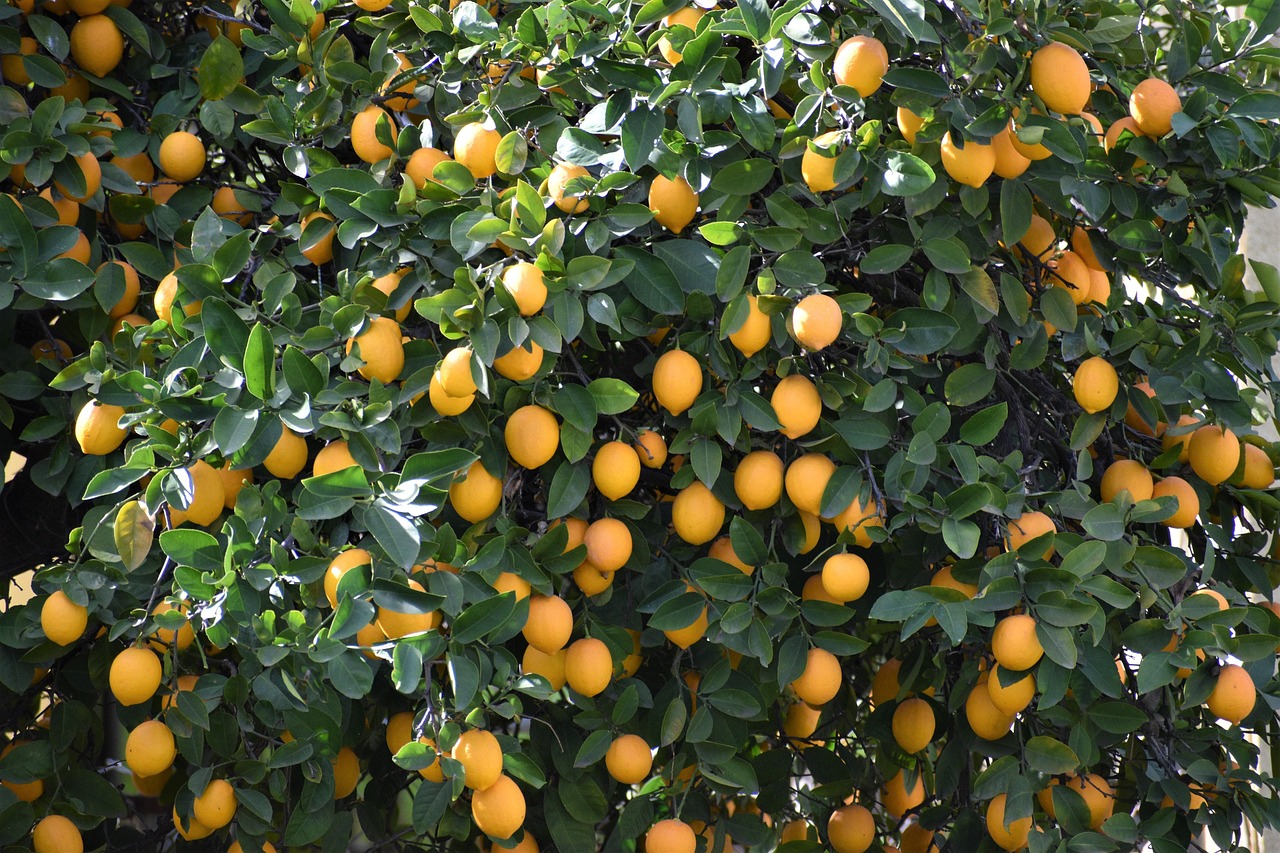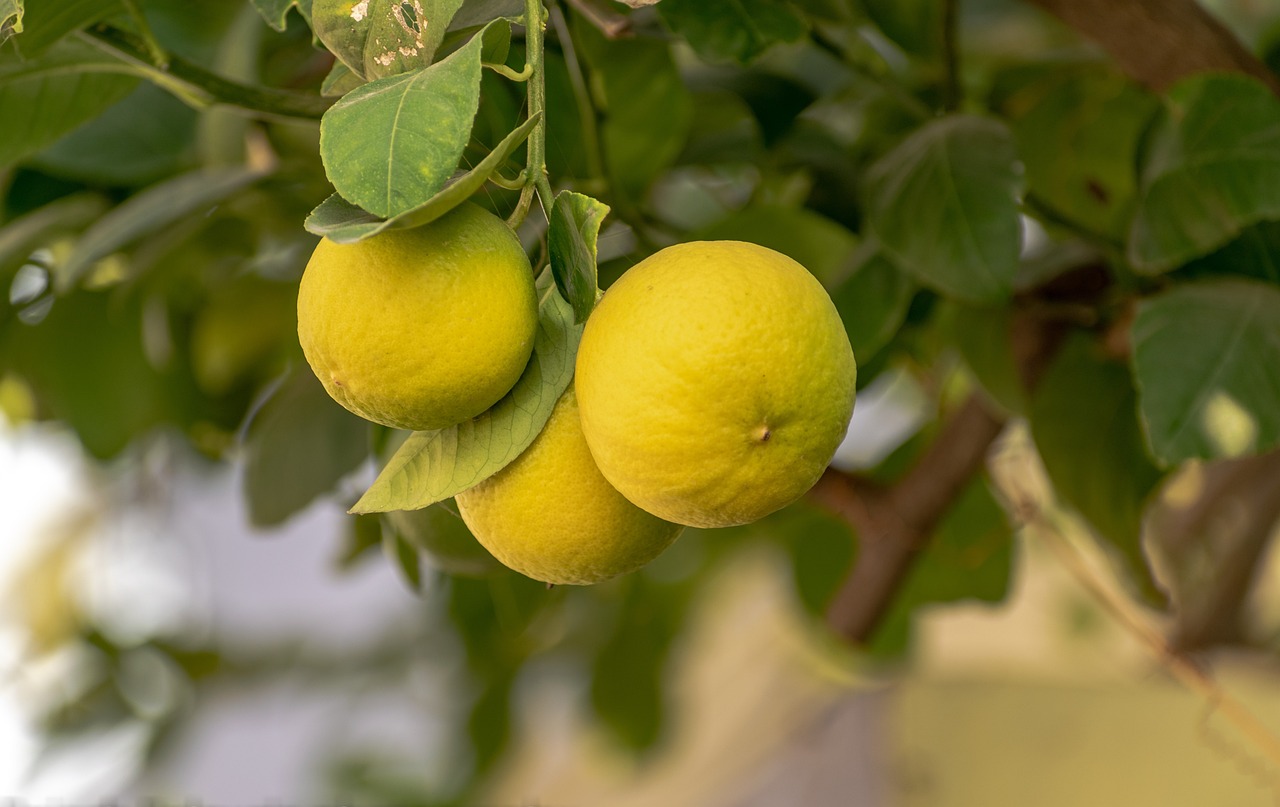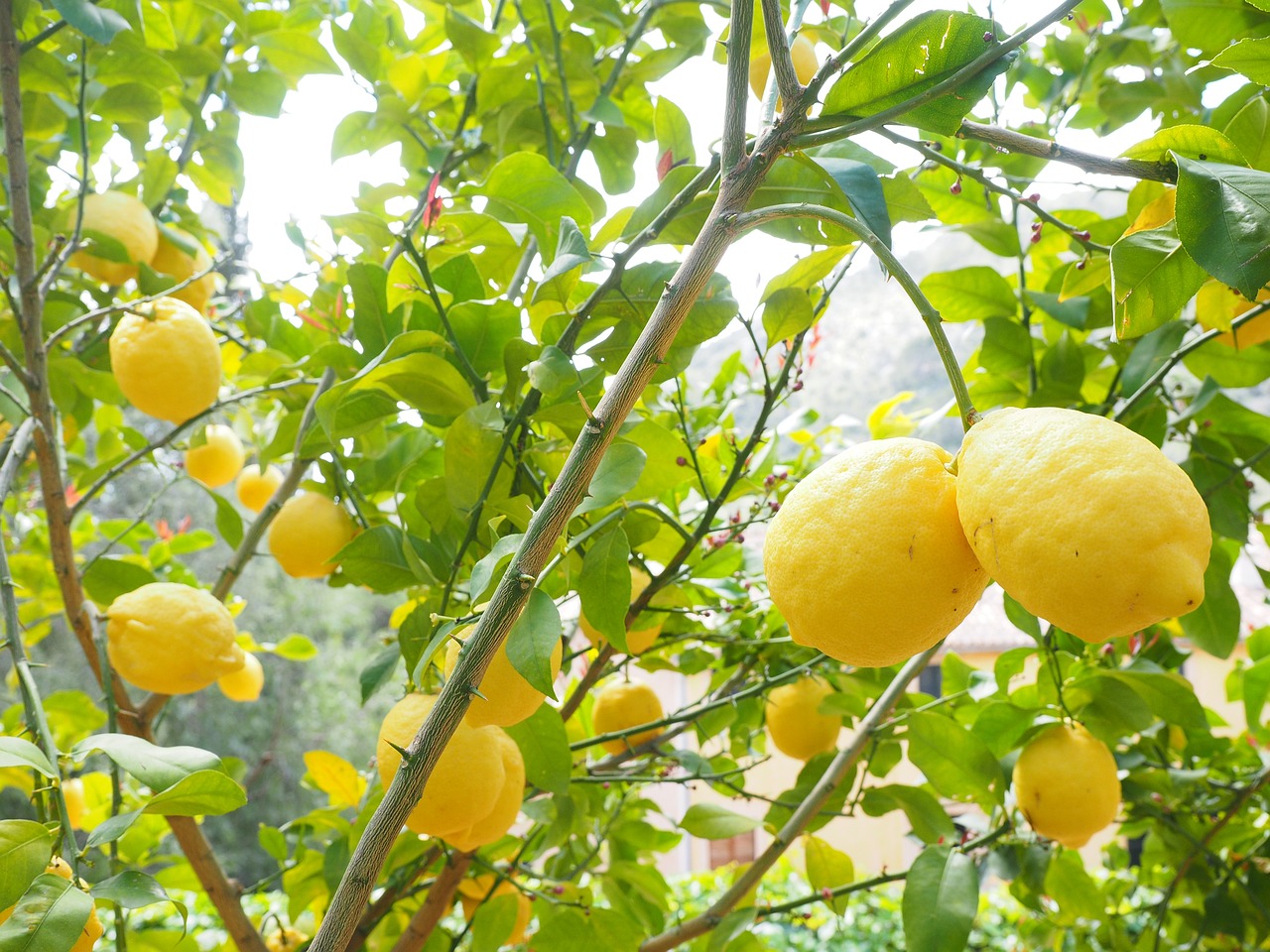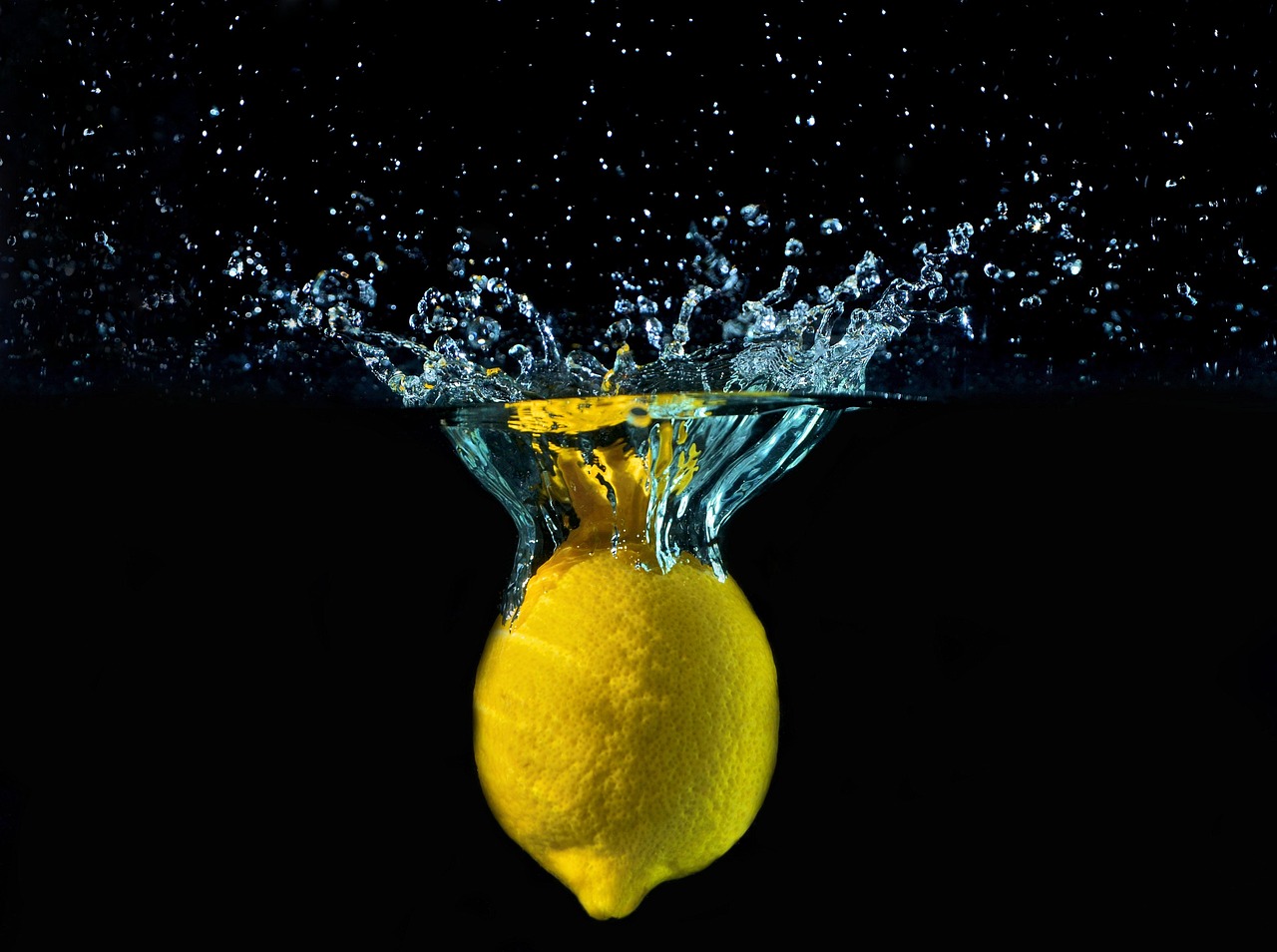The growth rate of a Eureka lemon tree for patio growers typically ranges from 12 to 24 inches per year, depending on factors such as climate, care, and growing conditions. With proper attention, these trees can thrive in containers, producing fruit within 2 to 3 years.
Eureka Lemon Trees: An Overview
Eureka lemon trees are a popular choice among patio growers due to their flavorful fruit and attractive foliage. They are evergreen trees that can thrive in containers, making them ideal for small spaces. These trees are known for their high yield and continuous production of lemons throughout the year, which is why many gardeners are eager to cultivate them.

The growth rate of Eureka lemon trees can vary based on several factors. Understanding these factors is essential for maximizing growth and fruit production. Generally, these trees flourish in warm climates and require well-draining soil, regular watering, and adequate sunlight.
Factors Affecting Growth Rate
Several key factors influence the growth rate of Eureka lemon trees. These include:
- Climate: Eureka lemon trees prefer warm temperatures and can struggle in areas with cold winters.
- Soil Quality: Well-draining, fertile soil is crucial for healthy growth.
- Watering: Consistent moisture is important, but overwatering can lead to root rot.
- Sunlight: These trees thrive in full sun, requiring at least 8 hours of direct sunlight per day.
- Fertilization: Regular feeding with a balanced fertilizer supports growth and fruiting.
Growth Rate Timeline
The growth rate of a Eureka lemon tree can be broken down into specific timelines based on its age:

| Age | Height Increase | Fruit Production |
|---|---|---|
| 1 Year | 12-18 inches | No fruit |
| 2 Years | 12-24 inches | Possible small crop |
| 3 Years | 24-36 inches | Regular fruit production |
| 4+ Years | Up to 24 inches per year | Abundant yields |
This table illustrates the typical growth milestones for a Eureka lemon tree. It shows that while young plants may not produce fruit, they are steadily gaining height and strength. After about three years, growers can expect regular fruit production.
Optimal Conditions for Growth
To encourage healthy growth rates, it is important to provide optimal conditions for your Eureka lemon tree. Here are some tips for patio growers:
- Select the Right Container: Choose a pot that is at least 12 inches deep with drainage holes.
- Water Wisely: Water when the top inch of soil feels dry, avoiding soggy conditions.
- Add Mulch: Applying mulch helps retain moisture and regulate soil temperature.
- Prune Regularly: Pruning helps shape the tree and encourages new growth.
- Monitor Pests: Keep an eye out for common pests like aphids and spider mites.
By following these guidelines, patio growers can create a thriving environment for their Eureka lemon trees. Proper care and attention will significantly impact growth rates and fruit yields.

The Benefits of Growing Eureka Lemon Trees
Eureka lemon trees offer several advantages for patio growers. Apart from their delicious fruit, they also provide aesthetic value and a pleasant citrus scent. Growing your own lemons can lead to fresher produce and reduce grocery costs. Additionally, lemon trees can contribute to a healthier lifestyle by encouraging outdoor activity and gardening as a hobby.
As you embark on the journey of growing Eureka lemon trees, understanding their growth rate and the factors that influence it will enhance your gardening experience. With patience and care, you will enjoy the beauty and bounty of these remarkable trees.
Understanding the Life Cycle of Eureka Lemon Trees
The life cycle of a Eureka lemon tree consists of several stages, each critical for its overall growth and productivity. By understanding these stages, patio growers can provide the right care at the right time to ensure healthy development.
Seedling Stage
The life cycle begins when the seeds are planted. This stage is crucial as it sets the foundation for future growth. The seedling stage lasts about 6 to 12 months, during which the young plant develops its initial roots and leaves.

Young Tree Stage
After the seedling stage, the tree enters its young tree phase, typically lasting from 1 to 3 years. During this period, the plant focuses on establishing a strong root system and growing taller. The main characteristics of this stage include:
- Height Growth: The tree can grow between 12 to 24 inches each year.
- Leaf Development: New leaves will develop, which are essential for photosynthesis.
- Root Expansion: A robust root system is vital for nutrient uptake and stability.
Mature Tree Stage
Once the tree is around three years old, it transitions into the mature stage. This phase can last many years and is marked by:
- Fruit Production: The tree begins to bear fruit regularly.
- Height Stabilization: The growth rate may slow as the tree focuses more on fruiting.
- Increased Leaf Canopy: A fuller canopy helps maximize sunlight absorption.
Optimal Care Throughout the Life Cycle
Providing optimal care throughout each stage of growth is essential for a thriving Eureka lemon tree. Here are key care practices to follow:
Watering Techniques
Watering is crucial at all stages of growth. Here are guidelines for watering Eureka lemon trees:
- Young Trees: Water deeply once a week, allowing soil to dry out between sessions.
- Mature Trees: Water every 10-14 days, especially during hot weather.
- Potted Trees: Ensure pots have drainage holes to prevent waterlogging.
Fertilization Schedule
Regular fertilization supports healthy growth and fruit production. The following schedule is recommended:
| Age (Years) | Fertilizer Type | Application Frequency |
|---|---|---|
| 1-2 | Citrus Fertilizer (balanced) | Every 6-8 weeks |
| 3+ | Citrus Fertilizer (higher in potassium) | Every 6-8 weeks during growing season |
Pests and Diseases: Prevention and Treatment
Eureka lemon trees are susceptible to various pests and diseases, which can hinder growth and fruit production. Recognizing and addressing these issues early is vital for maintaining plant health.
Common Pests
The following pests are commonly found on Eureka lemon trees:
- Aphids: Small, soft-bodied insects that suck sap from leaves.
- Spider Mites: Tiny pests that cause leaf discoloration and webbing.
- Citrus Leaf Miner: Larvae that create tunnels in leaves, affecting photosynthesis.
Disease Management
Diseases can also affect the health of your lemon tree. Key diseases include:
- Citrus Canker: A bacterial disease causing lesions on leaves and fruit.
- Root Rot: Caused by overwatering, leading to wilting and yellowing leaves.
- Powdery Mildew: A fungal disease that appears as white powder on leaves.
To manage pests and diseases effectively, consider these approaches:
- Cultural Practices: Maintain good hygiene by cleaning fallen leaves and debris.
- Pest Control: Use insecticidal soap or neem oil for pest management.
- Disease Prevention: Ensure proper watering techniques to avoid root rot.
By following these guidelines for care, pests, and diseases, patio growers can enhance the growth rate and overall health of their Eureka lemon trees, ensuring a fruitful harvest in the years to come.
Harvesting Eureka Lemons
Harvesting lemons at the right time is crucial for maximizing flavor and ensuring the best quality fruit. Knowing when and how to pick your Eureka lemons can enhance your gardening experience and provide delicious results.
When to Harvest
Eureka lemons are typically ready to be harvested when they reach a bright yellow color and feel firm to the touch. Here are some indicators that your lemons are ripe:
- Color: The skin should be a vibrant yellow, devoid of green patches.
- Size: Ideally, the lemons should be about 2 to 4 inches in diameter.
- Firmness: Ripe lemons will feel firm yet slightly soft when gently squeezed.
Generally, you can expect to start harvesting your Eureka lemons about 6 to 8 months after they bloom. Regular checking for ripeness will ensure you don’t miss the optimal harvest time.
How to Harvest
When it comes time to gather your lemons, follow these steps to ensure that you do so without damaging the tree:
- Use Sharp Pruners: A clean cut is essential to avoid harming the fruit and tree.
- Cut the Stem: Instead of pulling lemons directly from the tree, cut them off with a small piece of stem attached.
- Handle with Care: Lemons can bruise easily, so place them gently in a basket or container.
By using proper techniques during harvesting, you can ensure that your fruit remains intact and fresh for longer periods.
Storing Eureka Lemons
Once harvested, storing your Eureka lemons properly can help maintain their freshness and flavor. Here are some effective storage methods:
Short-Term Storage
If you plan to use your lemons within a week or two, simply keep them at room temperature. Here are some tips:
- Avoid Direct Sunlight: Store in a cool, shaded area to prevent spoilage.
- Keep Them Dry: Moisture can lead to mold growth, so ensure they are dry before storing.
Long-Term Storage
If you need to store your lemons for a more extended period, consider these options:
- Refrigerator: Place lemons in a plastic bag or container in the crisper drawer. They can last up to 3-4 weeks this way.
- Freezing: For longer preservation, wash and slice lemons, then freeze them in an airtight container. Frozen lemons can last up to 6 months.
Using Eureka Lemons
The culinary uses for Eureka lemons are vast and varied. Their bright flavor enhances many dishes and beverages. Here are some popular ways to utilize your homegrown lemons:
- Lemonade: Freshly squeezed lemon juice makes for refreshing lemonade.
- Cooking: Use lemon juice and zest in marinades, dressings, and sauces.
- Baking: Incorporate lemon into cakes, cookies, and pastries for a zesty treat.
- Preserved Lemons: These can add a unique flavor to dishes and are easy to make at home.
Nutritional Benefits of Eureka Lemons
Eureka lemons are not only versatile in the kitchen but also packed with nutritional benefits. Here are some key health advantages:
| Nutrient | Benefit |
|---|---|
| Vitamin C | Boosts the immune system and promotes healthy skin. |
| Fiber | Aids in digestion and supports gut health. |
| Antioxidants | Fights free radicals and reduces inflammation. |
Incorporating Eureka lemons into your diet can provide numerous health benefits while enhancing the flavor of your meals. Their versatility makes them a favorite among home cooks and health enthusiasts alike.
The journey of growing, harvesting, and using Eureka lemons is rewarding for any patio grower. With proper care and attention, these trees can yield delicious fruit and provide enjoyment for years to come.
Common Challenges for Patio Growers
While growing Eureka lemon trees can be a rewarding experience, patio growers may encounter certain challenges along the way. Understanding these potential obstacles can help you prepare and address them effectively.
Environmental Factors
Weather conditions can significantly impact the growth rate and health of Eureka lemon trees. Here are some environmental challenges to consider:
- Temperature Extremes: Lemon trees thrive in temperatures between 70°F and 85°F. Excessive heat or prolonged cold can hinder growth.
- Humidity Levels: Low humidity can lead to leaf drop and poor fruit development. Consider using a humidifier or misting the leaves during dry spells.
- Wind Exposure: Strong winds can damage tender branches and fruit. Position your tree in a sheltered area or use windbreaks.
Soil Issues
The type of soil used for planting can also influence the growth of Eureka lemons. Key soil-related challenges include:
- Poor Drainage: Soil that retains too much water can lead to root rot. Ensure your container has adequate drainage holes.
- Nutrient Deficiencies: Regular soil testing can help determine if your tree is lacking essential nutrients. Amend the soil with organic fertilizers as needed.
Advanced Care Techniques
To maximize the health and yield of your Eureka lemon tree, consider implementing advanced care techniques. These practices can enhance growth and improve fruit quality.
Grafting for Better Yields
Grafting is a technique where a branch from one tree is joined with another tree’s rootstock. This can improve disease resistance and enhance growth rates. If you are interested in grafting, consider these points:
- Select Compatible Varieties: Choose a rootstock that complements the Eureka lemon tree.
- Timing: The best time to graft is during the spring when the tree is actively growing.
- Technique: Research grafting methods such as cleft grafting or whip-and-tongue grafting for optimal results.
Organic Pest Control
Using organic methods to combat pests can ensure that your fruit remains chemical-free. Some effective organic pest control measures include:
- Companion Planting: Planting herbs like basil or marigold nearby can deter pests naturally.
- Boric Acid: This natural compound can be effective against ants, which often attract aphids.
- Essential Oils: Spraying diluted essential oils like peppermint or citronella can repel unwanted insects.
Final Thoughts
The journey of growing a Eureka lemon tree is filled with potential for both challenges and rewards. By understanding the growth rate, care requirements, and common issues, patio growers can cultivate a healthy tree that yields flavorful lemons. With proper attention to environmental factors, soil health, and pest management, you will not only enjoy the beauty of your lemon tree but also the satisfaction of harvesting fresh fruit right from your patio.
Eureka lemons are not only versatile in culinary applications but also offer significant health benefits. As you continue your gardening adventures, remember that patience and ongoing care are key to thriving plants. Embrace the learning process, and enjoy every step of nurturing your Eureka lemon tree, from planting to harvest. With dedication and passion, your patio will flourish with these delightful citrus trees.
In conclusion, whether you are a seasoned gardener or a beginner, growing Eureka lemon trees can be a fulfilling experience. The combination of their growth characteristics, health benefits, and beauty makes them an excellent choice for any patio grower looking to enhance their outdoor space.
